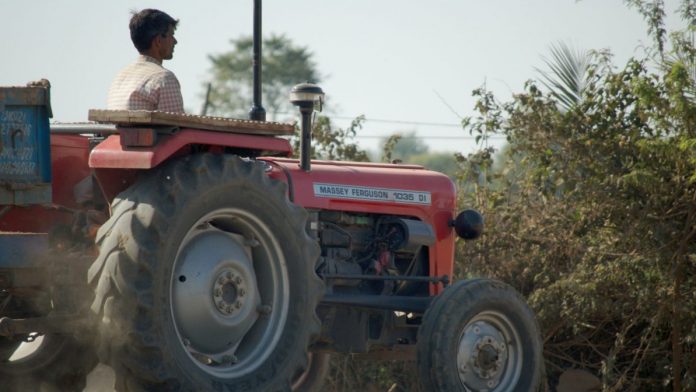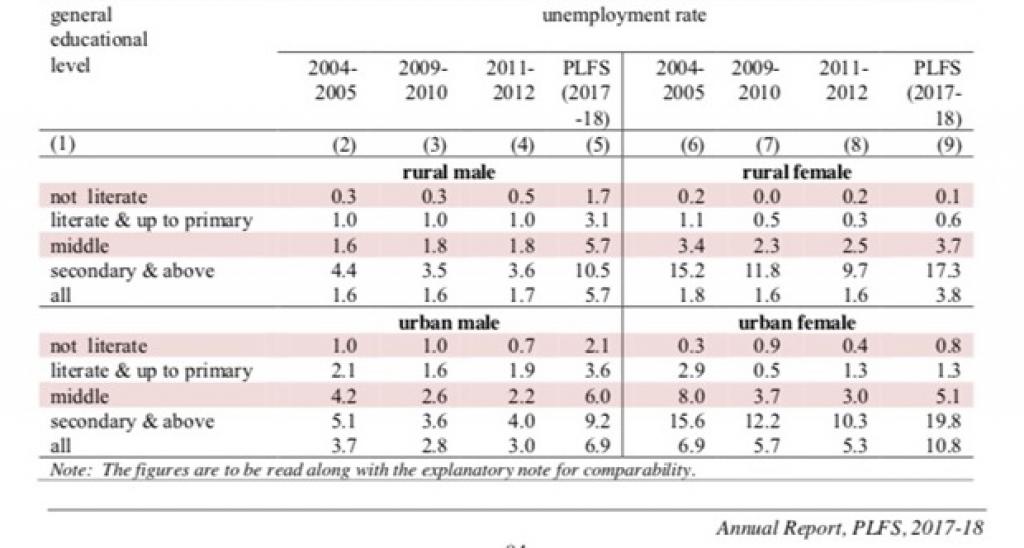For 12 Indian states, the loss in state GDP in the current fiscal is mainly due to the rural areas, says the research report by State Bank of India.
REMYA NAIR 3 September, 2020 7:37 pm

New Delhi: India’s rural economy may be losing steam after leading the economic recovery in the first few months of the pandemic, a research report released by the State Bank of India said.
Rural unemployment rate has started rising again in August, while employment and average wages under the national rural employment guarantee scheme have fallen, the report released Thursday said (see graphic).https://5a91b5bb29ce6311ce3f9fd4b71d7416.safeframe.googlesyndication.com/safeframe/1-0-37/html/container.html


The report also pointed out that for 12 Indian states, more than two-thirds of the loss in gross state domestic product (GSDP) in the current fiscal was contributed by rural areas.
Chhattisgarh, Assam, Himachal Pradesh, Bihar, Odisha, Andhra Pradesh, Telangana, Uttar Pradesh and Madhya Pradesh are among the states that are seeing a substantial loss in the GSDP contributed by rural areas.
According to the report, in states like Chhattisgarh, Assam and Himachal Pradesh, more than 90 per cent of the GSDP loss is from rural areas. Bihar at 86 per cent, Odisha at 84 per cent, Uttarakhand at 79 per cent, Rajasthan at 75 per cent, Andhra Pradesh, Telangana and Madhya Pradesh at 71 per cent and Uttar Pradesh at 65 per cent are among the other states with high output losses from the rural sector.
Agriculture was the only silver lining
The report’s findings come at a time agriculture and rural demand are expected to be the only silver linings for the Indian economy battling Covid-19 and the economic impact of the initial two-month lockdown as well as the intermittent lockdowns announced by many states to curb the pandemic.
The GDP data released last week had also shown that agriculture was the only sector that reported a positive growth at 3.4 per cent in the April-June quarter. Other sectors such as construction, manufacturing, and hotels and transport had reported sharp contractions by 50 per cent, 39 per cent and 47 per cent, respectively.
The RBI, in its annual report released last month, had also pointed out how urban consumption demand has suffered a bigger blow than rural demand. Citing tractor sales and motorcycle purchase data, it had pointed to improved rural recovery but added, “A fuller recovery in rural demand is, however, being held back by muted wage growth which is still hostage to the migrant crisis and associated employment losses.”
It had expressed hope that increased employment generation in rural areas under the Pradhan Mantri Garib Kalyan Rojgar Abhiyaan and increased wages under the Mahatma Gandhi National Rural Employment Guarantee Act would provide a fillip to rural incomes.
The SBI, in its report, however, said mixed signals are emerging.
Tractor sales and two-wheeler sales increased in July and August but fertiliser sales and diesel consumption declined in recent months, the report said.



 The Periodic Labour Force Survey for 2017-18 released by National Sample Survey Office too shows that unemployment rate increased with education level.
The Periodic Labour Force Survey for 2017-18 released by National Sample Survey Office too shows that unemployment rate increased with education level.



